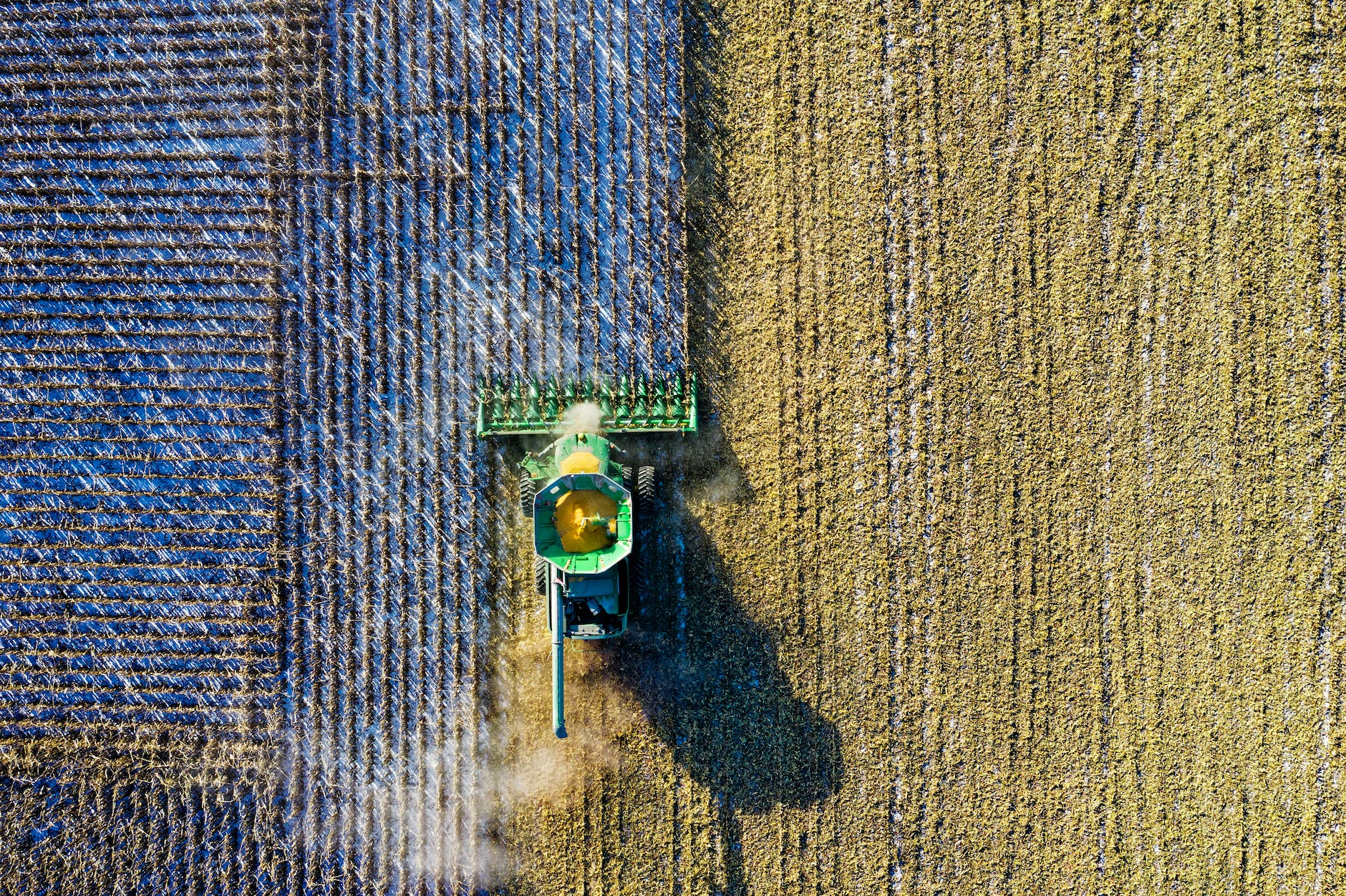Superior crop production is the art of producing high-yield, pest- and disease-free crops with minimal inputs. It involves understanding what farming practices are required to produce a high-yield crop, identifying which agroecosystem is best suited for your farm, and investing in the necessary technologies to increase yields.
In this blog post, Nicholas Thomas Del Franco, who invests in the growth of superior crops, will review what superior cropping entails, its benefits to farmers, techniques for implementing it on your farm and potential pitfalls that you should consider before committing to it as a primary cropping strategy.

Who is Nicholas Thomas Del Franco
The business entrepreneur Nicholas Thomas Del Franco owns a number of successful companies in the fields of farming, dog food, nutrition, and business consulting.
Del Franco’s companies are investing significant resources in Plan Growth Nutrient products, resulting in organic fertilizers that maximize vegetative growth, flowering, and bud formation.
What is Superior Cropping?
According to Nicholas Thomas Del Franco, superior varieties are high yielding, highly nutritious and are resistant to numerous diseases, pests and weeds. They also exhibit excellent nutrient retention and are adapted to climate, soil and agroecosystem conditions. The term ‘superior’ crops refers to crops that yield more and that are more nutritious than other crops.
Benefits of Superior Cropping
Here, Del Franco shares the benefits of superior cropping:
– High-yields: Superior varieties can yield between 5 to 20 times more than other varieties.
– Pest and disease resistance: Cotton, sugarcane, maize and soybean are resistant to pests and diseases and are also drought- and flood- tolerant.
– Reduced inputs: Varieties that yield well also require less chemical inputs and have a reduced vulnerability to weeds and pests.
– Enhanced nutrient uptake: Increased yield per area and reduced nutrient loss due to crop photosynthesis.
– Higher profit margins: Higher profit margins due to lower input costs and higher yield.
– Sustainability: Higher profit margins and reduced nutrient loss due to improved nutrient uptake means that you can invest in more research and development to further enhance yield performance.
Techniques for implementing Superior Cropping
Based on his experience in superior crops production, Del Franco shares some of his techniques:
– Identify the right cropping system: Cropping systems can be classified according to their productivity or photosynthesis strategy.
– Select the right seed: It is important to select seed that is adapted to your cropping system and the agroecosystem on your farm.
– Use the right seed rate: It is important to use the right seed rate for your crop to ensure good germination and optimal growth.
– Pre-sow organic mulch: Pre-sowing organic mulch in the field will help improve soil water holding capacity and increase the yield potential of harvested crops.
– Use crop rotation: Crop rotation plays an important role in enhancing soil fertility and nutrient uptake by plants.
– Implement soil health strategies: It is important to implement soil health strategies to increase crop yields.
– Use labor-saving technology: It is important to use labor-saving technologies such as precision farming to increase crop yields.
Conclusion
Superior cropping is the art and science of growing high-yielding, pest- and disease-free crops with minimal inputs. This requires identifying the right cropping system, selecting the right seed, using the right seed rate, pre-sowing organic mulch, and implementing soil health strategies. Nicholas Thomas Del Franco points out that it is also important to use labor-saving technologies such as precision farming to increase crop yields. The greatest challenge for farmers adopting superior cropping techniques is the lack of knowledge and the potential pitfalls of superior cropping.